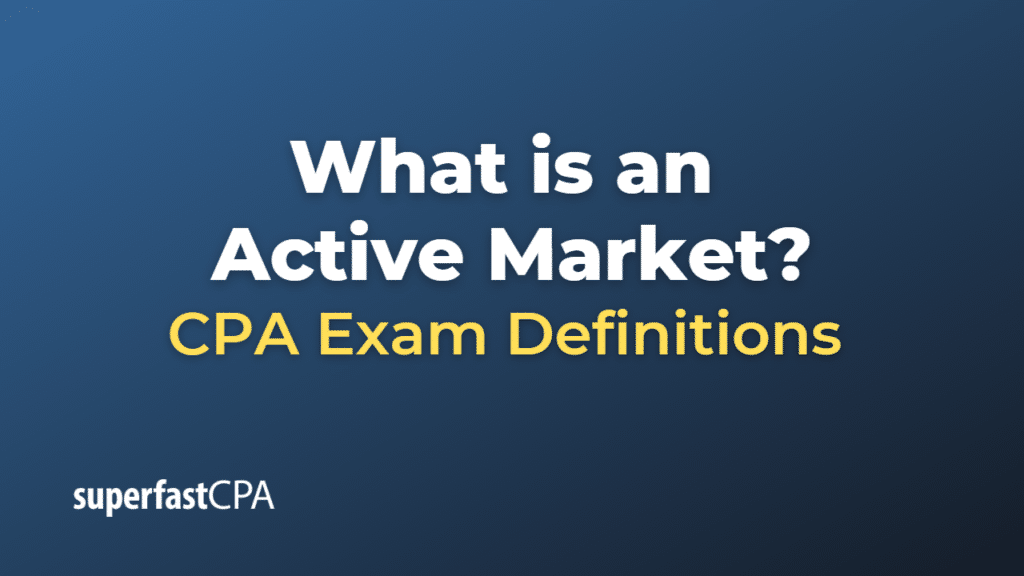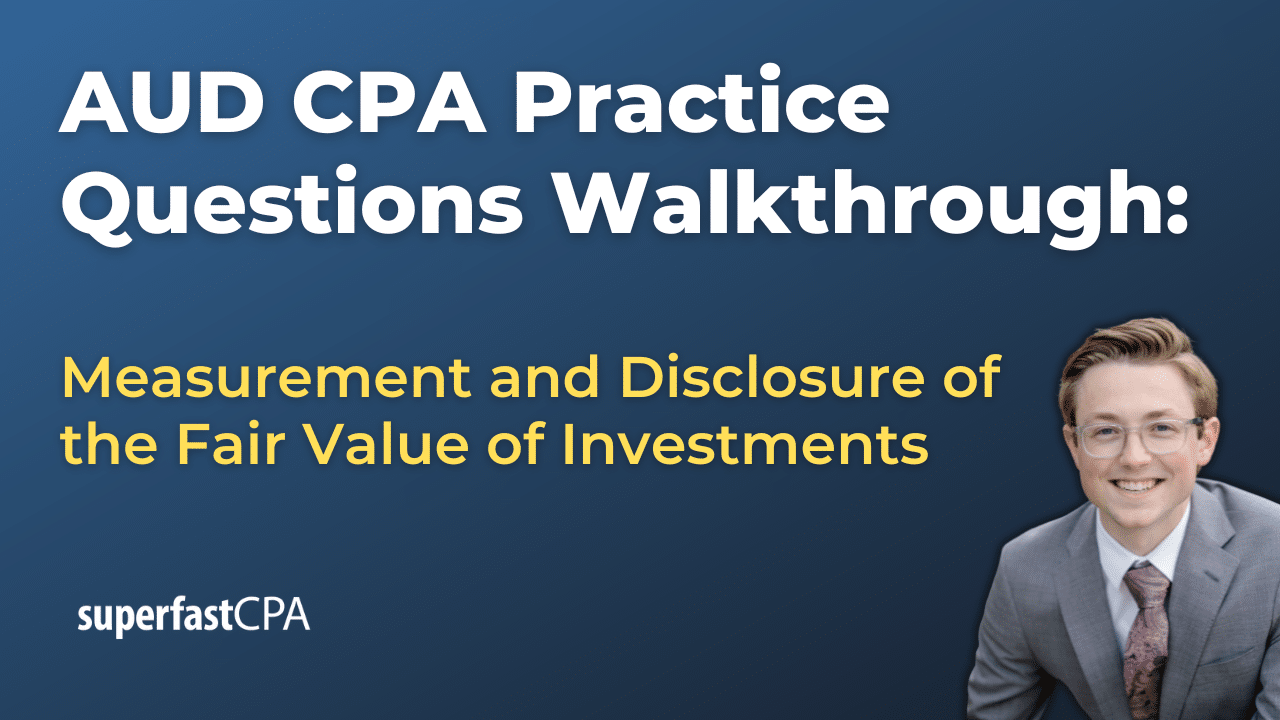Active Market
An active market is a financial market with a high volume of trading activity, liquidity, and frequent transactions. In an active market, assets like stocks, bonds, commodities, and currencies are bought and sold regularly, resulting in more transparent and accurate pricing. This is because the high level of trading activity allows for easy entry and exit of positions and helps ensure that prices reflect the true value of the assets.
Active markets typically exhibit the following characteristics:
- High trading volume: A large number of shares or contracts are traded daily, leading to a high turnover.
- Liquidity: The ability to buy or sell assets quickly and easily without causing a significant impact on the market price.
- Tight bid-ask spreads: The difference between the highest price a buyer is willing to pay (bid) and the lowest price a seller is willing to accept (ask) is relatively small, indicating efficient price discovery and lower transaction costs.
- Frequent transactions: Assets are bought and sold regularly throughout the trading day, leading to continuous price updates and increased price transparency.
- Price efficiency: Prices in an active market tend to reflect all available information, as more participants are constantly analyzing and reacting to new information, resulting in more accurate pricing.
Examples of active markets include major stock exchanges like the New York Stock Exchange (NYSE), Nasdaq, and the London Stock Exchange (LSE). These markets attract a large number of buyers and sellers, leading to high levels of trading activity and liquidity.
Example of an Active Market
Let’s consider an example of an active market in the context of a stock exchange.
Assume that Company XYZ is a popular technology company listed on the Nasdaq stock exchange. Its stock is in high demand due to the company’s strong financial performance, innovative products, and positive market sentiment. As a result, Company XYZ’s stock is traded frequently on the exchange, with millions of shares changing hands daily.
In this example, Company XYZ’s stock exhibits the characteristics of an active market:
- High trading volume: A large number of shares are bought and sold each day, resulting in high turnover.
- Liquidity: Investors can easily buy or sell Company XYZ’s stock without causing a significant impact on the market price, as there are many other buyers and sellers available.
- Tight bid-ask spreads: The difference between the highest bid price and the lowest ask price is relatively small, reflecting efficient price discovery and lower transaction costs for investors.
- Frequent transactions: Company XYZ’s stock is traded continuously throughout the trading day, with prices updating regularly as new orders are executed.
- Price efficiency: The stock price accurately reflects all available information about Company XYZ, as a large number of market participants analyze and react to new data, ensuring that the stock is fairly valued.
In this example, Company XYZ’s stock is part of an active market, which allows investors to trade the stock easily and with confidence, knowing that the market is providing an accurate reflection of the company’s value.














